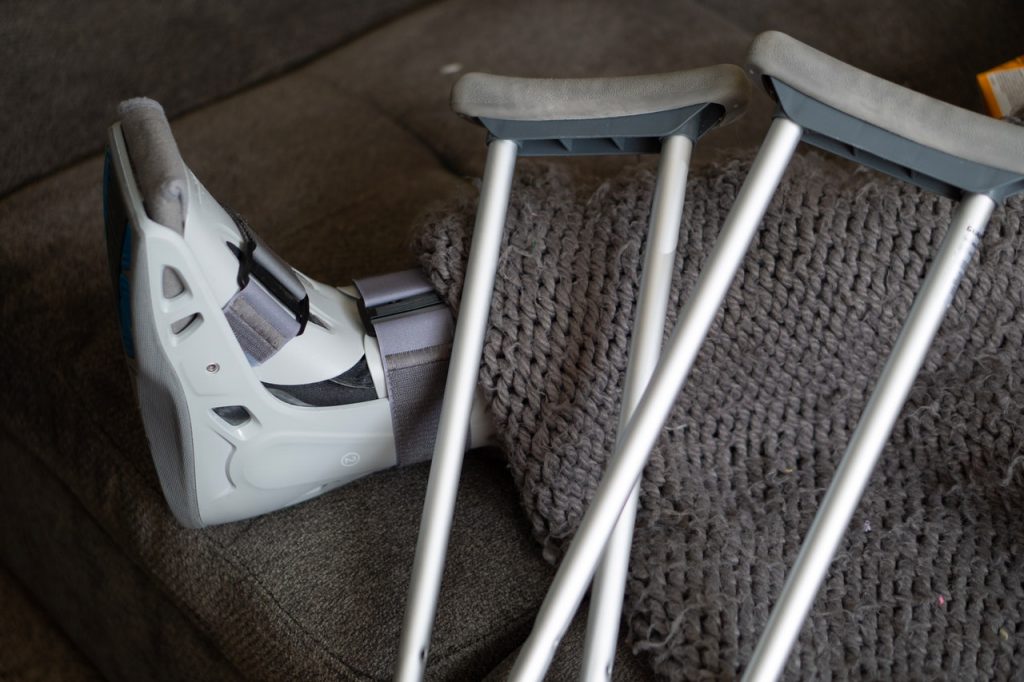HR AND WORKERS’ COMPENSATION
Workers’ compensation is required in Nevada. This is insurance that a business must have in place the moment it hires its first employee. Workers’ compensation insurance covers medical benefits, lost wages, and retraining (when necessary) for an employee who is hurt on the job. The premiums for this insurance are based on wages, which are broken down into class codes, with rates that reflect the work the employee performs.
You may be wondering…what does human resources have to do with workers’ compensation? The answer is — everything.
Unless your company size and industry afford you a Safety Director, the responsibility of preventing workplace injuries and handling workers’ compensation issues usually falls under the human resources umbrella. This is a combination of forms, training, and safety culture. Human resources may also be responsible for finding the insurance company, handling the payroll reporting, obtaining certificates of insurance, scheduling post-accident drug testing, and conducting any audits. In addition, human resources may file the claims and provide information and support to the injured worker.
Here are our best practices for managing workers’ compensation in your organization:

- Find a reputable workers compensation carrier and develop a solid relationship with your broker and/or the carrier.
- Know who your third party administrator (TPA) is. The TPA is the company that handles the medical side of the claim. Not all carriers have a TPA, so be sure to find out what applies to you.
- Be sure to have a vendor lined up for post-accident drug testing, if this is your policy, or a requirement of the carrier.
- Verify that your workers’ compensation poster is current.
- Confirm that all your employees are correctly classified. This directly affects the rate you will pay. Additionally, misclassifying workers, like reporting warehouse workers as office workers, is seen as fraud.
- Get familiar with the necessary forms: C-1 (Notice of Injury or Occupational Disease), C-3 (Employer’s Report of Industrial Injury or Occupational Disease), and C-4 (Employee’s Claim for Compensation/Report of Initial Treatment).
- Create a culture of safety. Provide training and information to your employees so they can operate in a safe environment. This can include things like equipment operation training, the ability to report unsafe conditions without repercussion, safety meetings, and having a safety manual.
- When you have an injured employee, who is unable to work due to their injury, be sure to communicate with them on a regular basis.
- Be mindful of ADA and FMLA, which can sometimes be implicated with workers’ compensation injuries and related leave.
Looking for more information on this subject? Attend our webinar, The Role of HR in Workers’ Compensation, on Wednesday, June 16, 2021. This webinar is FREE for members as part of Member Appreciation Month. Register here.
Mailing List Sign Up Form
Fill out this mailing list sign up form to receive monthly email updates on the latest NAE news, HR issues, special events, training dates and more!
